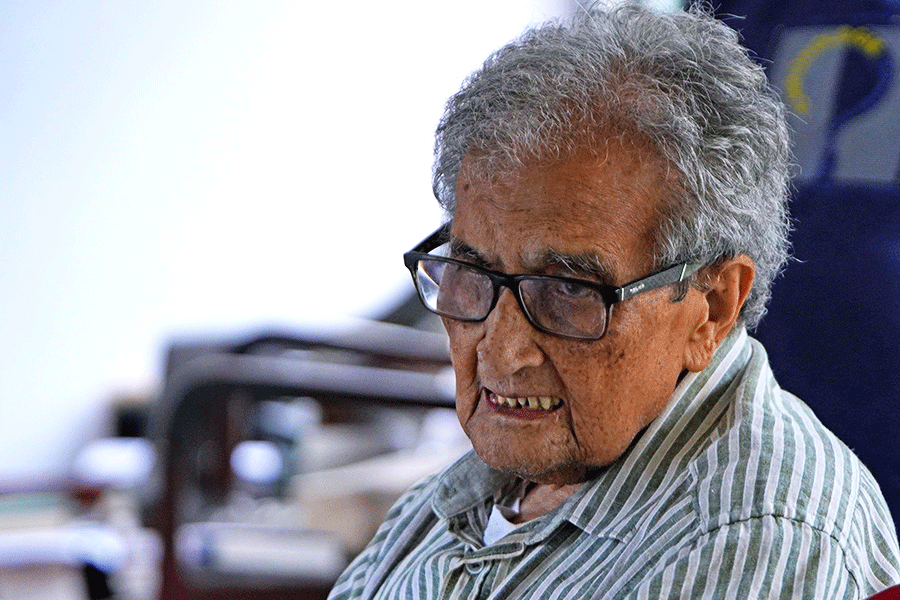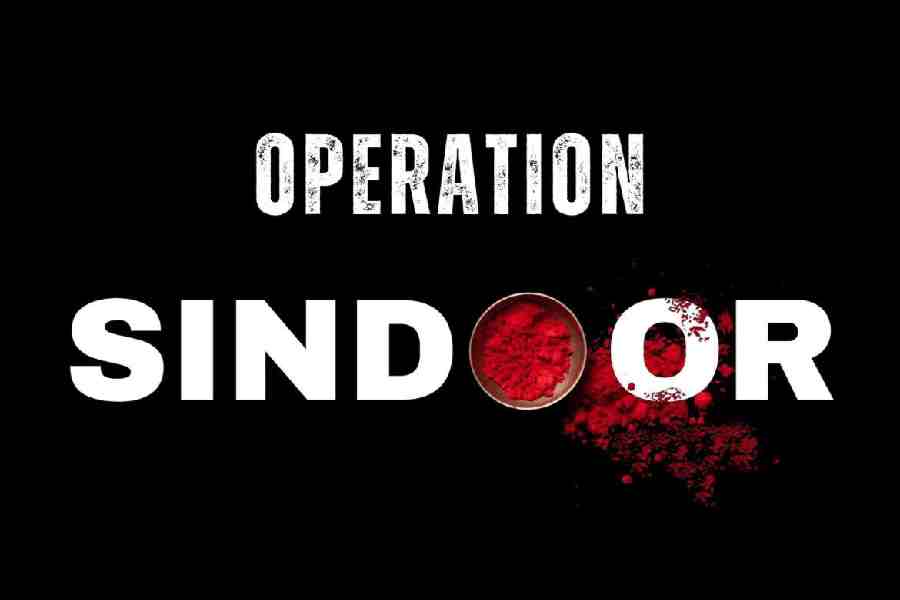New Delhi, Jan. 19: Central disease detectives have reported India’s first case of Crimean-Congo haemmorhagic fever virus in a nurse in Ahmedabad who was among three persons suspected to have been killed by the infection spread by ticks over the past three weeks.
The Indian Council of Medical Research (ICMR) said today that its virologists had confirmed the presence of the CCHF virus in blood and urine samples of the nurse who was admitted in a private hospital with high fever and other symptoms.
The hospital had admitted a patient with similar symptoms on December 31 who died on January 3 from heavy bleeding and multi-organ failure, the ICMR said. A doctor who was attending to the patient also died from a similar sickness before the nurse fell ill.
Tests by the National Institute of Virology have ruled out other possible haemmorhagic infections and confirmed the CCHF virus that can spread from person to person through contact with blood and body fluids.
The CCHF virus, first detected in Crimea in 1944 and Congo in 1969, is found in a variety of domestic and wild animals and is transmitted to humans by ticks. Medical data from patients elsewhere suggests that the virus can kill up to four in 10 infected persons.
“There’s no reason for panic,” said Vishwa Mohan Katoch, ICMR director-general.
“Hospital staff who didn’t know what the first patient had may have come in contact with blood while treating the patient,” Katoch told The Telegraph.
Although this is the first human case of the CCHF virus in India, the ICMR said blood tests have in the past revealed the presence of the virus in animals which do not get the disease. The CCHF virus can multiply in cattle, sheep, goats and hares.
“Now that we know what infection we’re dealing with, we’ve recommended proper infection control measures,” Katoch said. Investigators from the National Centre for Disease Control (NCDC), New Delhi, will try to determine how the first patient picked up the infection.
The first patient had come from a locality about 12km away from the hospital, Katoch said. The NCDC team will also try to identify the source of the infection, if possible, and find out whether other patients in the locality have reported similar sickness.
The CCHF virus has been reported in the past from Africa, the Balkans, western Asia and Pakistan. The ICMR said outbreaks are easily controlled through proper hygiene such as use of gloves, masks, and goggles, and isolation of patients from unprotected persons.
The infection is typically associated with high fever or flu-like symptoms which may resolve in about a week.
But about 75 per cent of patients develop haemorrhage within three to five days of the onset of illness and most patients are expected to recover within 10 days.










